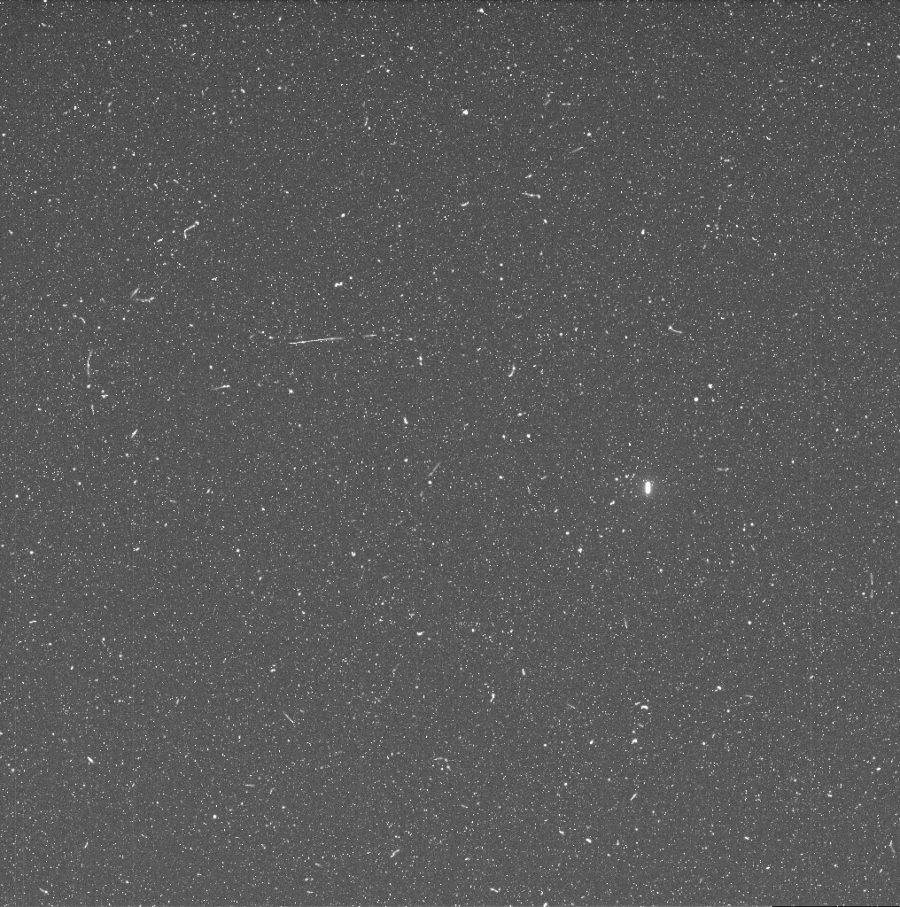The Perseverance team has published several test pictures taken with the camera included in the MEDA (Mars Environmental Dynamics Analyzer) weather station. They show the night sky of the Red Planet.
The images were taken on May 4 at three-minute intervals. In addition to many stars, they also show various tracks and image artifacts. These were left by the impact of charged particles on the camera matrix. Since Mars has no magnetic field and its atmosphere is very rarefied, cosmic radiation reaches the surface almost unhindered.

Perseverance images also show a bright object on the right side of the frame. This is Phobos. Despite its small size (2 3 km), the satellite is clearly visible from Mars. This is due to the fact that its orbit is only 6 thousand km from the surface of the planet. The orbital radius is so small that Phobos makes one turn around Mars in less than 9 hours, which is less than a day on Mars. Because of this, the satellite literally overtakes the rotation of the planet. It rises in the west and sets below the horizon in the east.





